
Madame Vionnet: The French designer who revolutionized clothing with her master skills
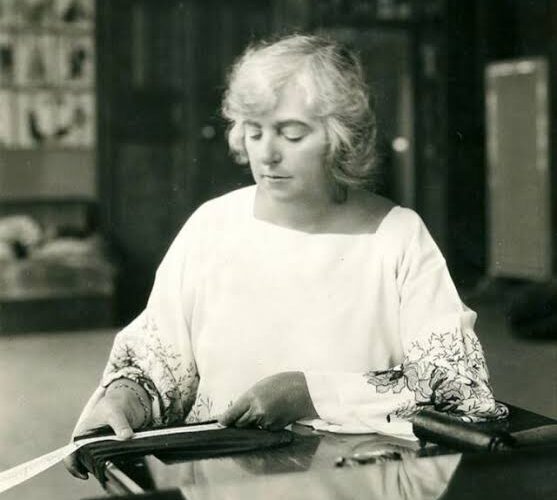

In the world of expressing ourselves, fashion and art go together like a perfect pair, over the years, designers have taken cues from art movements, turning fashion into an art form. It’s like a shared dance, where fashion becomes a living artwork, drawing inspiration from different art styles.
Madeline Vionnet might not be as famous as Coco Chanel or Dior, but her impact on fashion is huge. She was a real trailblazer, even praised by Christian Dior himself. Her genius lies in her innovative designs, especially the groundbreaking bias cut technique. This technique not only earned her recognition from fellow designers like Issey Miyake and John Galliano but also continues to shape fashion even today.
What makes Vionnet even more remarkable is her entrepreneurial spirit. She didn’t just design clothes; she created her own brand. At one point, she had a whopping 23 studios and employed thousands of people. That’s some serious business success!
In our journey through the history of women in arts, let’s delve into the story of Madeline Vionnet. Discover the key factors that made her a visionary in design and a savvy businesswoman. Her legacy goes beyond the seams; it’s a tale of innovation, influence, and entrepreneurial triumph in the ever-evolving landscape of fashion.
Early years and personal struggle
Madeleine Vionnet, born on June 22, 1876, in Chilleurs-aux-Bois, Loiret, entered a world that would shape her into an icon of haute couture. Hailing from a humble family, she moved with her father to Aubervilliers at the age of five, marking the first chapter of a remarkable story.
Educational pursuits took a backseat as Vionnet, at twelve, embarked on an apprenticeship as a seamstress alongside the garde champêtre. These early experiences fueled her passion for the craft, laying the groundwork for a future that would revolutionize the world of fashion.
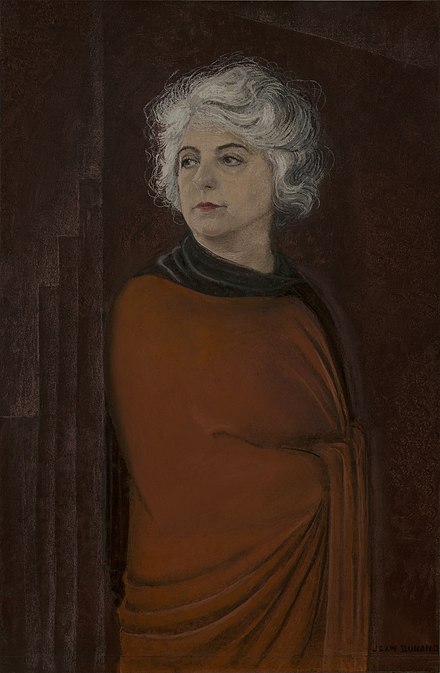
At 18, Vionnet faced personal challenges, including a short-lived marriage and the loss of a child. Undeterred, she made a courageous decision to break free and seek new horizons. London beckoned, and there, as a hospital seamstress, she not only stitched garments but also the fabric of her resilience. In the bustling fashion scene of London, Vionnet’s talent stood out. Working as a fitter for Kate Reily, she honed her skills, setting the stage for a transformative journey.
Madame Vionnet’s early career
Influenced by the graceful movements of Isadora Duncan, Madeleine Vionnet embarked on a design journey that celebrated a woman’s natural form. Drawing inspiration from ancient Greek art, where garments seemed to gracefully float around the body, she envisioned a style that embraced rather than molded.
Throughout her career, Vionnet’s signature style remained a homage to this philosophy, with subtle adjustments in the 1930s making it a touch more fitted. Yet, her most groundbreaking contribution came in the twenties with the invention of the bias cut. This ingenious technique involved cutting fabric diagonally to the grain, allowing it to cling to the body while moving effortlessly with the wearer.
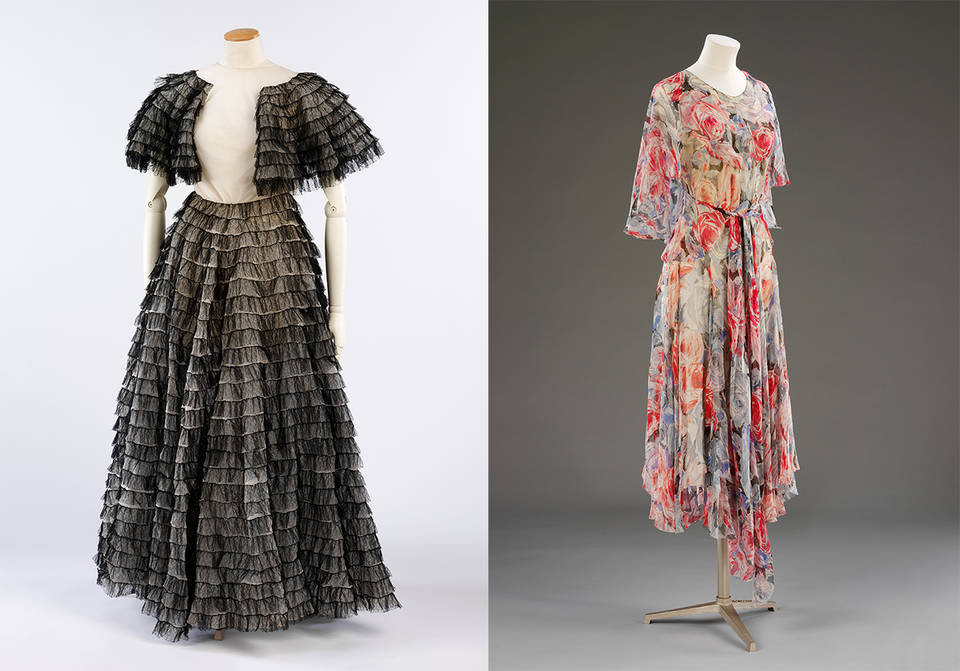
Given the title of the “architect among dressmakers,” Vionnet’s bias cut revolutionized women’s fashion. Her meticulous approach involved recreating entire garments on life-size models, using luxurious fabrics like chiffon, silk, and Moroccan crepe. Unconventional choices for the time, these materials allowed for draping that defined the epitome of both luxury and simplicity. Characteristic Vionnet styles emerged, each a testament to her commitment to garments that embraced and moved with the wearer. The handkerchief dress, cowl neck, and halter top became iconic representations of her unique approach.
While renowned for her high-fashion luxury pieces, Vionnet’s vision extended beyond the runway. Not content with merely dressing the elite, she ventured into mass production, pioneering the concept of ready-to-wear clothing. Even as she delved into more accessible fashion, her focus on luxury and haute couture remained unwavering, marking the inception of a career that would redefine the very fabric of the fashion industry.

The peak of her career
Paris embraced Vionnet as she spent six impactful years at Callot Soeurs, a renowned fashion house, showcasing her talents as a toile maker. The turning point came with a disagreement that nearly severed ties, but the persuasive prowess of Marie Callot Gerber, the eldest sister, convinced her to stay. A promising promotion awaited, urging Vionnet to improvise draped designs on live models alongside Gerber herself.
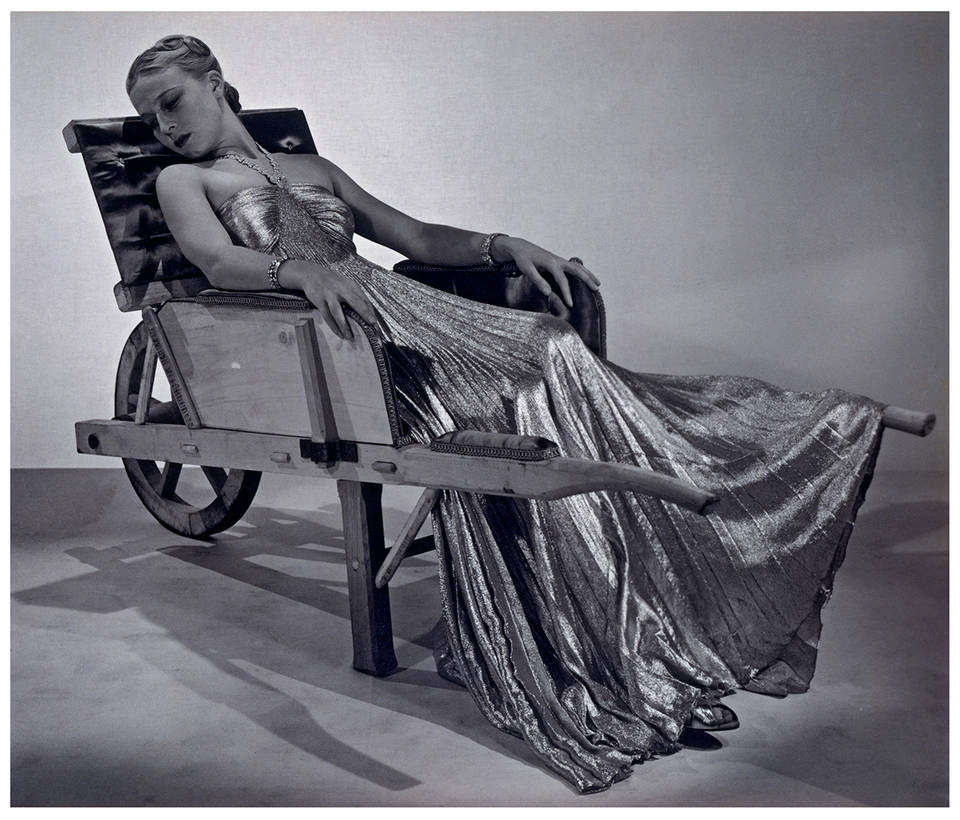
Between 1907 and 1911, fate took a decisive turn when Jacques Doucet, a prominent figure in French couture, lured her away from Callot Soeurs. Tasked with rejuvenating ateliers to attract a younger clientele, Vionnet’s first collection under Doucet’s banner showcased models free from the constraints of corsets and shoes—a daring departure from the norm.
Vionnet’s impactful career extended beyond the realm of fashion creation. In 1921, she launched a campaign against copyists, establishing The Association for the Defence of Fine and Applied Arts. Her revolutionary bias-cut clothes became synonymous with haute couture in the 1930s, setting trends that adorned internationally acclaimed actresses like Marlene Dietrich, Katharine Hepburn, Joan Crawford, and Greta Garbo.
Vionnet’s journey wasn’t just about garments; it was a testament to mastery, resilience, and an unwavering commitment to shaping the very fabric of fashion history.
Revolutionizing silhouettes: Vionnet’s design philosophy
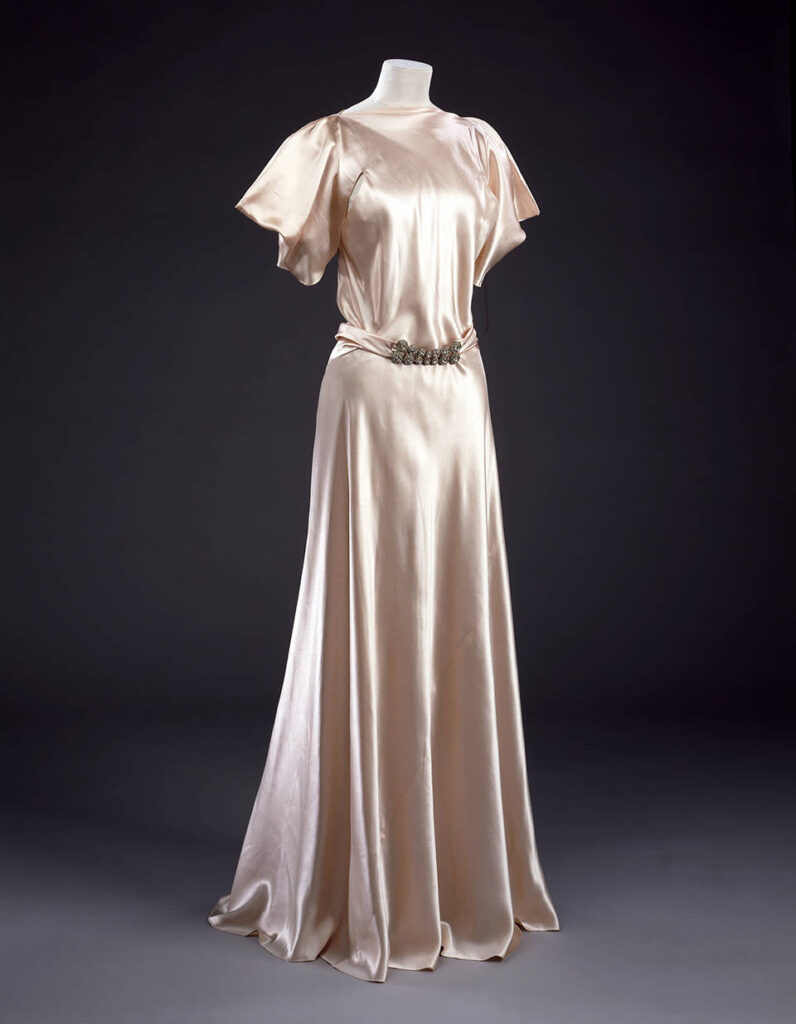
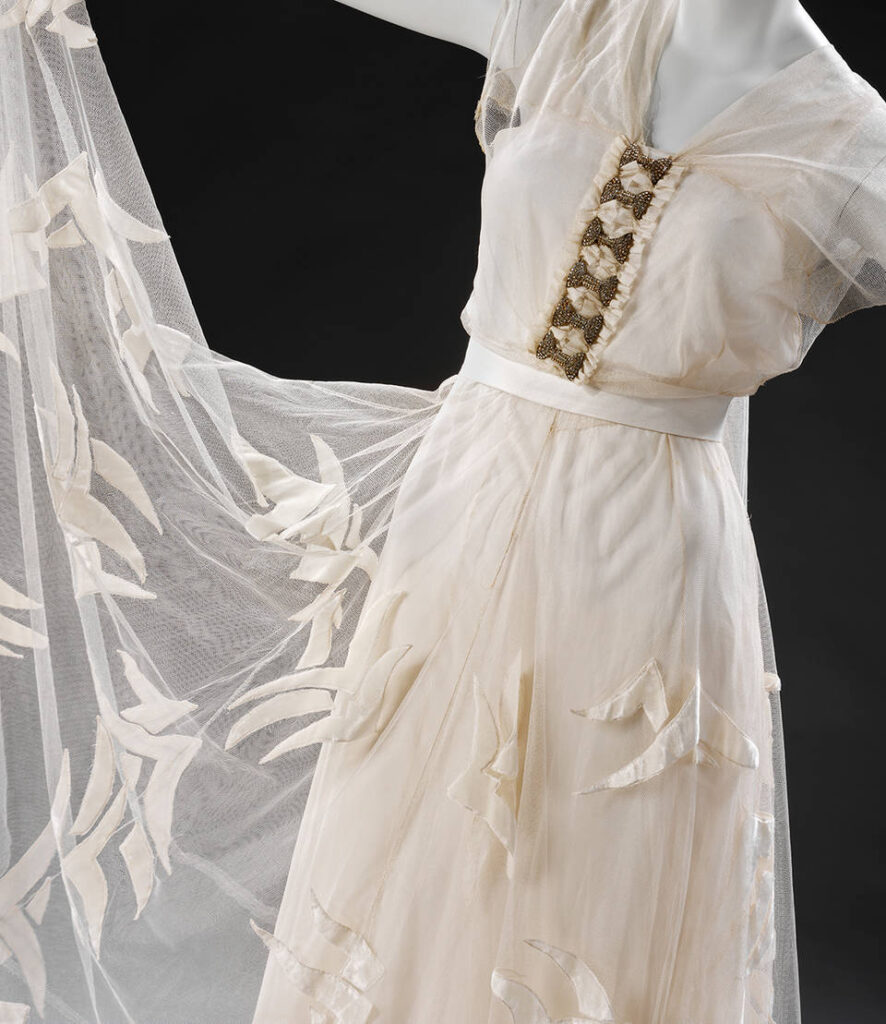
In the fashion landscape of her time, Madeleine Vionnet stood alongside Coco Chanel as a pioneer of change. Together, they ushered in an era where stiff, formalized clothing gave way to the allure of sleeker, softer designs. However, unlike her contemporary Chanel, Vionnet chose to stay in the shadows, steering clear of the limelight and social networks to propel her business forward. Publicity held little appeal for her; she found disdain in the cyclic nature of fashion, constantly discarding and recreating.
Yet, behind the scenes, an unsung hero played a crucial role in Vionnet’s success—Theophile Bader, the co-founder of Galeries Lafayette. His unwavering support became the backbone of her flourishing business.
Vionnet’s design philosophy was a testament to simplicity and elegance. She stripped away everything but the finest fabric and the most exquisite cut, embracing a minimalist approach that influenced designers for generations. Unlike the norm, she abandoned conventional accentuation, choosing instead to celebrate the female form. Inspired by Greek drapery and modern dance, her creations embodied fluidity and freedom of movement.
At the heart of her ingenuity was the trademark bias cut—a technique that looked deceptively uncomplicated on the surface but revealed a profound brilliance. This distinctive approach made her one of the most celebrated designers of her time, all without relying on marketing or publicity tactics. Issey Miyake, captivated by her work, likened the experience to the wonder of seeing a woman emerge from bathing, draped only in a single piece of beautiful fabric. Vionnet’s designs were not just clothes; they were a testament to a demand that many women craved and appreciated.
What made Madame Vionnet’s work so special?
Madeleine Vionnet’s impact on the world of fashion extends far beyond the seams of her garments. Her work holds a pivotal place in the annals of haute couture, influencing designers across generations. The importance of Vionnet’s contributions lies in several key aspects that have left an indelible mark on the fashion landscape.
Innovation through simplicity:
Vionnet’s design philosophy, characterized by simplicity and elegance, broke away from the rigid and formalized clothing of her time. By eliminating excessive embellishments and focusing on the finest fabrics and cuts, she introduced a revolutionary approach that celebrated the natural shape of a woman’s body. This commitment to simplicity became her hallmark, influencing designers who sought to embrace timeless elegance over fleeting trends.
The bias cut revolution:
Her invention of the bias cut, a technique involving cutting fabric diagonally to the grain, transformed the way clothes draped and moved on the body. This ingenious method not only defied the constraints of corsets but also provided a newfound freedom of movement. The bias cut became synonymous with Vionnet’s designs and left an enduring legacy, shaping the silhouettes of countless garments in the decades to come.
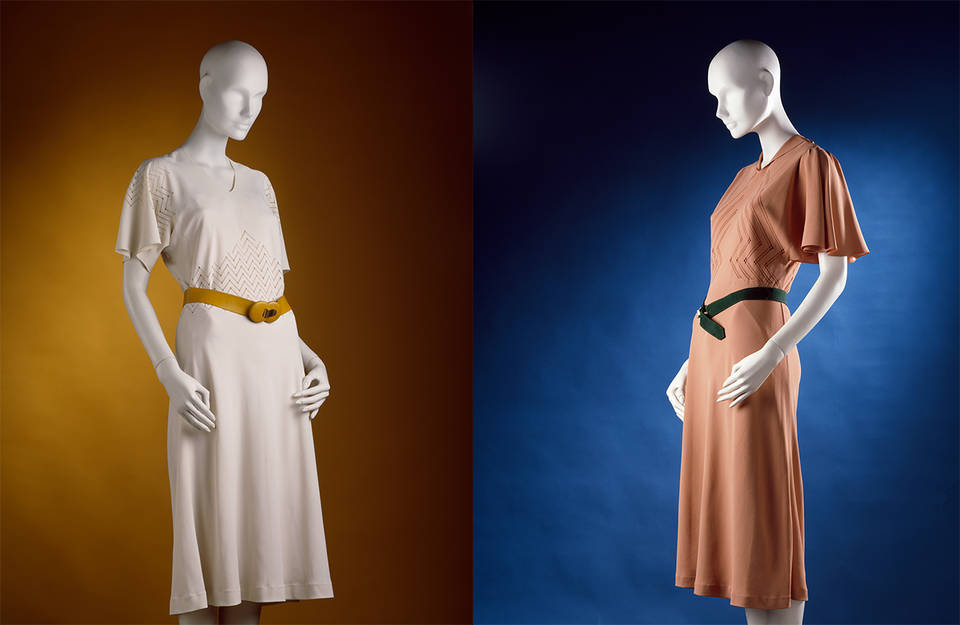
Campaign against copyists:
Vionnet’s staunch stance against copyists, reflected through her establishment of The Association for the Defence of Fine and Applied Arts in 1921, highlighted her commitment to preserving the integrity of artistic creations. This advocacy laid the groundwork for protecting the originality and innovation within the realm of fashion.
Influence on haute couture:
Throughout the 1930s, Vionnet’s bias-cut gowns became iconic, adorning internationally renowned actresses such as Marlene Dietrich, Katharine Hepburn, Joan Crawford, and Greta Garbo. Her designs set trends, and the sensual allure of her creations became synonymous with the glamour of the silver screen.
Timeless Appeal:
Vionnet’s work transcends temporal boundaries. Despite the ever-evolving nature of fashion, her designs remain relevant and continue to inspire contemporary designers. The enduring appeal lies in the simplicity, fluidity, and modernity embedded in each creation.
Famous works:
Among Vionnet’s celebrated works, the Handkerchief Dress, Cowl Neck, and Halter Top stand out as iconic representations of her design philosophy. The fluid, draped forms of these garments not only showcase her technical brilliance but also capture the essence of her belief in celebrating the female form.
In essence, Madeleine Vionnet’s work is a testament to the transformative power of design. Her legacy lives on, not just in the garments she created but in the enduring principles and innovations that continue to shape the landscape of fashion.
As we conclude our journey through the life and legacy of Madeleine Vionnet, it becomes evident that her influence stretches far beyond the realms of fashion. Her innovative spirit, commitment to simplicity, and groundbreaking techniques have woven a lasting tapestry in the fabric of haute couture. Vionnet’s designs, from the iconic bias cut gowns to the timeless Handkerchief Dress, resonate with an ageless elegance that transcends the boundaries of time.
In an era where fashion often succumbs to trends, Vionnet’s work remains a beacon of enduring relevance. Her creations not only adorned the glamorous stars of the past but continue to inspire contemporary designers seeking a harmonious blend of sophistication and simplicity. Madame Vionnet’s journey was not just about garments; it was a narrative of resilience, innovation, and an unwavering commitment to the artistry of fashion.









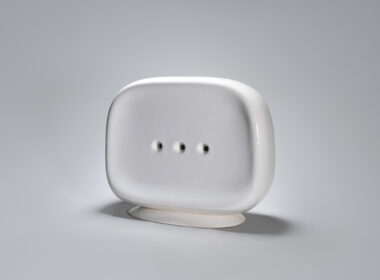



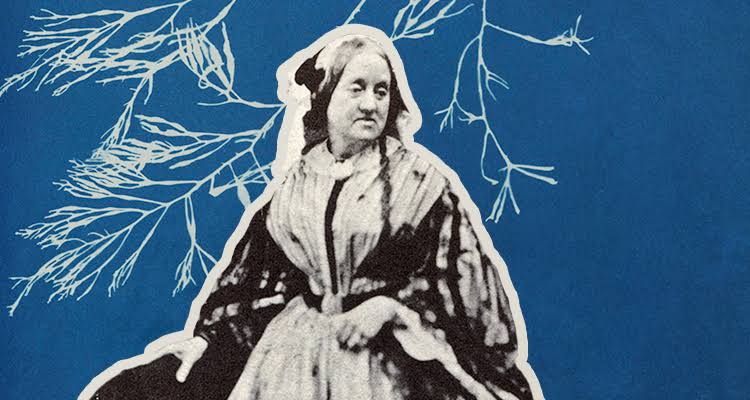
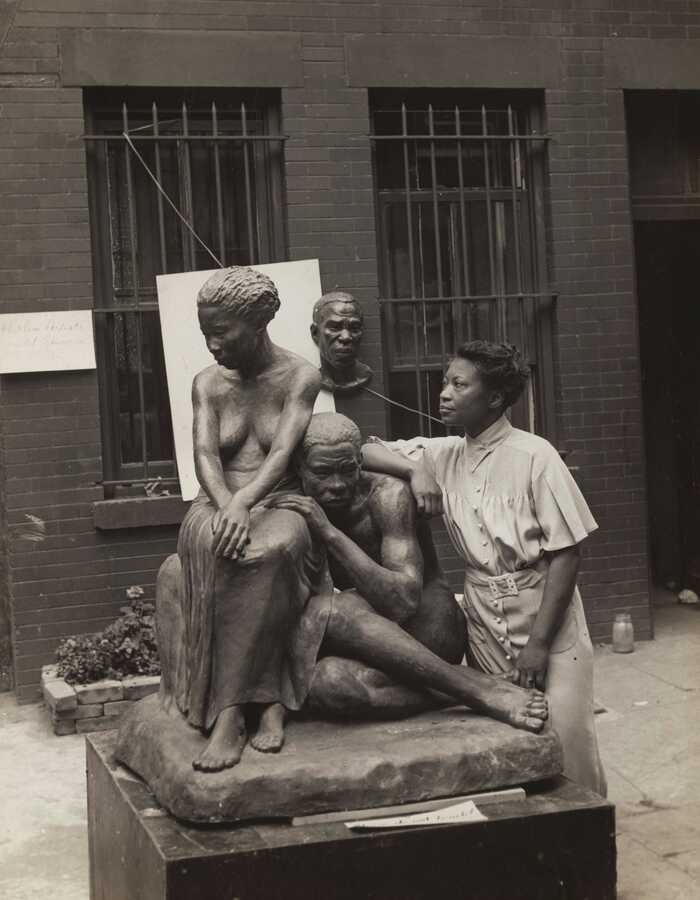
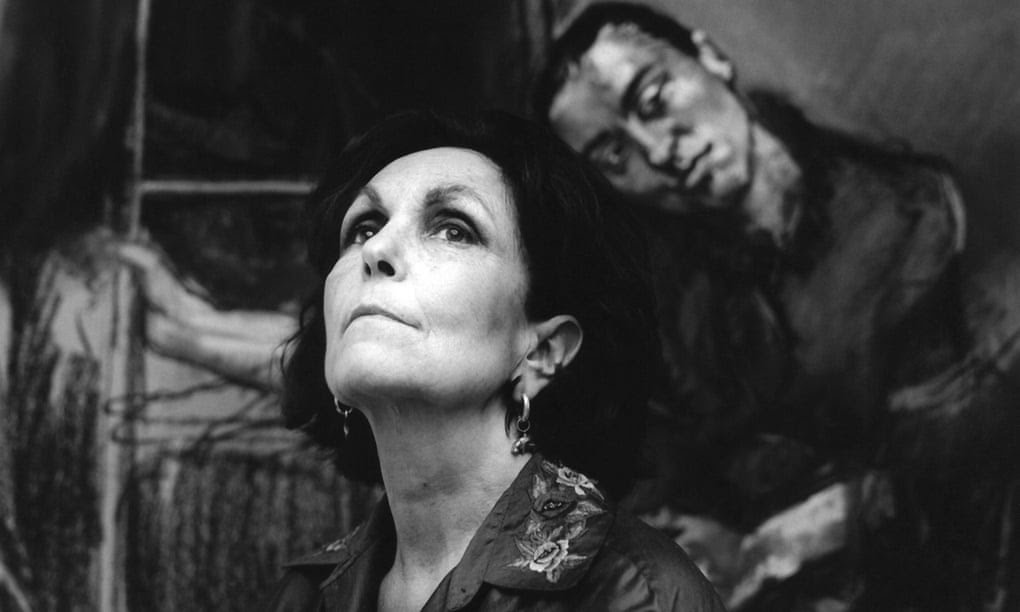

Comments 9